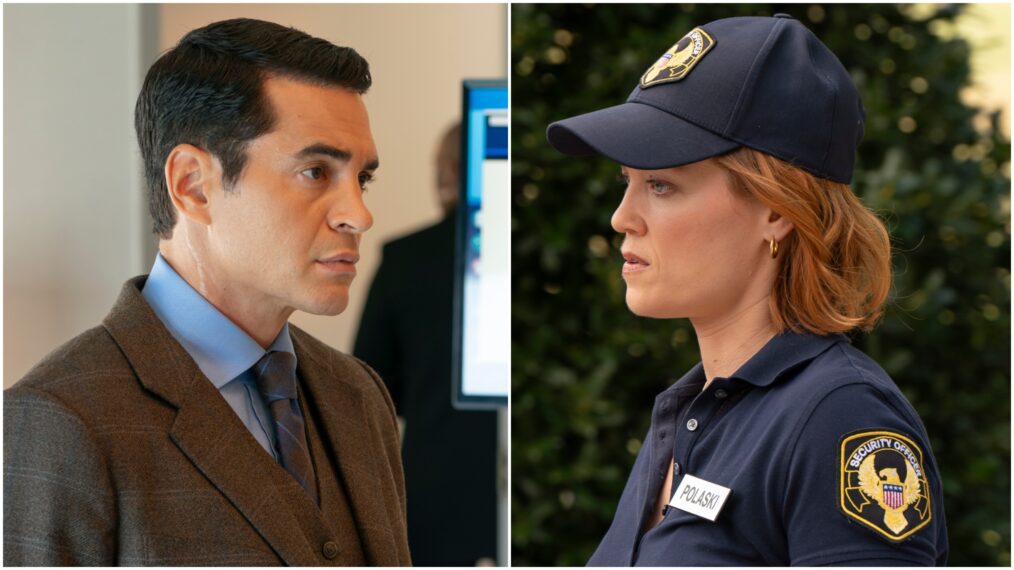
Even after rising interest rates helped topple three U.S. banks this month, Harvard economist Jason Furman believes the Federal Reserve should keep its foot on the gas with rate hikes in order to tame inflation.
“There’s the macro economy, and there’s the financial system. We haven’t learned anything new about the macro economy that’s particularly reassuring in the last three and a half weeks,” he told CNBC Friday, noting inflation is still running well above the Fed’s 2% target.
The economist, who also served as chairman of the Council of Economic Advisors under President Obama, argued that reducing inflation from its current levels to that all-important 2% figure will be “a really, really big task” without more rate hikes.
Banks’ recent issues will end up doing at least some of the Fed’s inflation-fighting job for it, according to Furman, by tightening lending to households and businesses, which weighs on demand, the labor market, and eventually, consumer prices. “But you know, as of this moment, it looks like it’s only going to do part of the job, and the Fed is going to need to do more itself as well,” he added, without outlining any specific recommendations.
Over the past year, Fed officials have raised interest rates faster than any of their predecessors in an attempt to fight inflation that reached a four-decade high last year. But since June, consumer price increases have trended down. And on Friday, the Fed’s favorite inflation gauge, the Personal Consumption Expenditures (PCE) index, came in lower than expected once again—rising 5% year-over-year last month, compared to 5.3% in January.
But Furman argued that higher interest rates will ultimately be necessary to reduce inflation to the Fed’s 2% target even amid the downtrend. Lowering interest rates now could end up unwittingly luring “investors into a false sense of security” about inflation, he said, thereby increasing the chance that they are surprised if rates must be raised again later.
“They should monitor—they should be careful—but they shouldn’t be aggressive with holding off on rate changes for fears of financial stability, they could make the problem worse if they did that,” he said of the central bank.
The economist added that cutting interest rates should be avoided unless regional banks’ “turmoil spreads to the financial system.”
Still, with inflation fading and banks facing instability, many market watchers, including Jay Hatfield, the CEO of investment management firm Infrastructure Capital Management, believe it would be a grave error for the Fed to raise rates again.
“They’re just going to make that problem worse,” Hatfield told Fortune Friday. “Whereas if they cut rates, they would make it better. They need to make it better as quickly as possible, or else we are going to have more bank failures.”
Hatfield has harshly criticized the Fed and economists who believe the unemployment rate must rise in order for inflation to fall. He notes that many central bank economists guide policy using something called the Phillips Curve, which posits that inflation and unemployment have a stable and inverse relationship.
“The Phillips Curve failed in the inflationary 70s, and it’s failing now,” Hatfield said, arguing that it doesn’t consider the importance of energy and home prices. He believes inflation is already declining to an acceptable level, adding that any further rate hikes would simply be “choosing a recession over inflation, and that’s the wrong choice—it would hurt everybody.”
On the other hand, Bank of America’s chief U.S. economist Michael Gapen said that he expects the Fed to raise rates by another 25 basis points at its next meeting in May even after the favorable PCE data was released Friday, noting that investors are “pricing in” a 60% chance of that outcome.
“Beyond that, we think payrolls and financial stability concerns will be the more important factors,” he said, arguing the Fed will keep its benchmark rate between 5% and 5.25% for the remainder of the year.
And Bill Adams, chief economist for Comerica Bank, said that despite the trend of fading inflation, it’s “still too high for the Fed’s liking,” which will make chair Powell’s job exceedingly difficult this year.
“The Fed’s next interest rate decision in early May is a near-tossup,” he told Fortune. “Forward-looking information like layoff announcements and recent banking headlines suggest a pause in rate hikes may be appropriate, while backward-looking information like recent jobs, consumer spending, and inflation data support another hike.”

























































